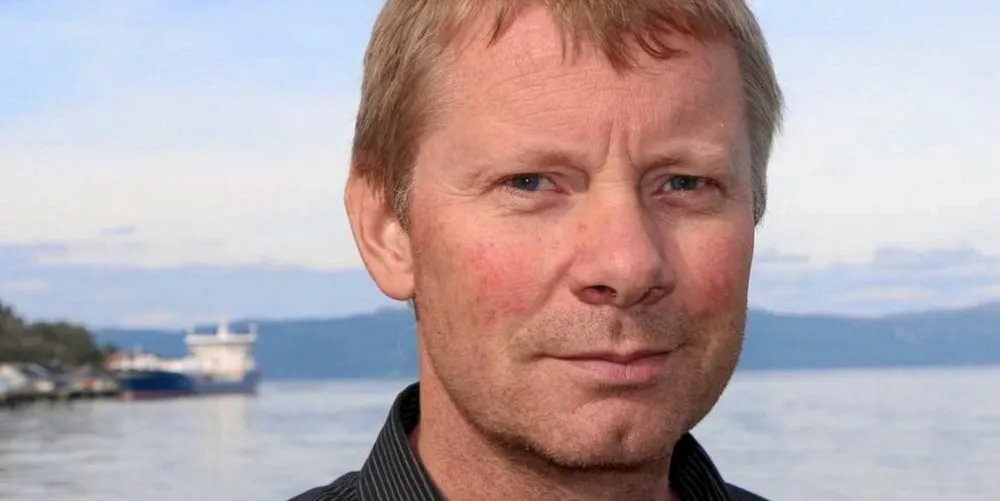Few contracts and high spot market prices helps SalMar-owned Arnarlax report record numbers
The group expects to harvest 16,000 metric tons of salmon in 2023, and expects significant volume growth in 2024.

The group expects to harvest 16,000 metric tons of salmon in 2023, and expects significant volume growth in 2024.
